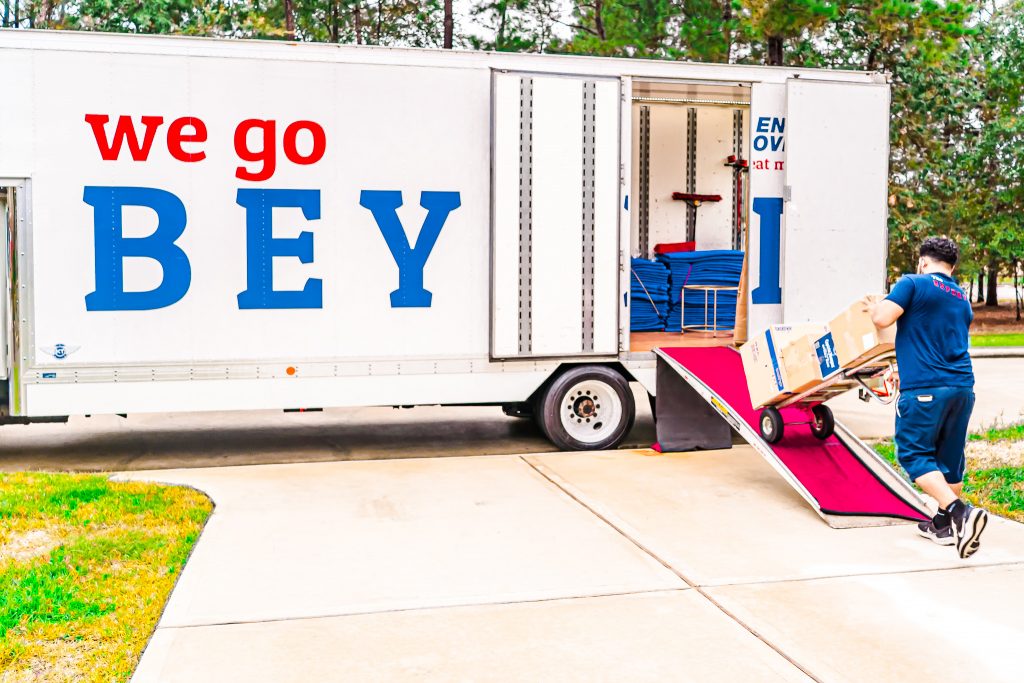Whether you’re moving for a lifestyle change, understanding the process can save you time, money, and headaches.
Whether you’re moving a small apartment or relocating an entire home, this guide will help you navigate the process confidently.
Let’s dive into the world of interstate relocation and uncover what it really takes to move to another state.
Understanding the Scope of Interstate Moving
When you cross state lines, your move falls under federal regulations, typically overseen by the FMCSA (Federal Motor copyright Safety Administration).
You also need to account for different transport rules in each state.
Understanding the scope of an interstate move prepares you to budget more accurately, manage your time better, and set realistic expectations for delivery and setup.
Finding the Perfect Cross-State Moving Partner
Sites like Better Business Bureau and FMCSA’s mover search tool are great resources for screening movers.
Ask about additional fees such as fuel surcharges, long carry charges, or storage if needed.
Trust your instincts: if something feels off or too good to be true, it probably is.
Understanding Interstate Moving Price Calculations
Several factors shape the price carretos em sorocaba barato of Quanto um caminhão de mudança faz por litro?link com mais detalhes interstate moving services. The biggest is distance—the longer the trip, the higher the fuel, labor, and time costs.
For long-distance moves, some companies offer flat rates, while others charge per pound or cubic foot. Make sure you understand the pricing model before signing.
For example, if your home requires movers to carry boxes up multiple flights of stairs, or if truck access is limited by narrow roads or urban restrictions, extra fees may apply.

Effective Planning for Moving Between States
Early preparation gives you enough time to handle unexpected challenges calmly.
Inventory management is key.
This ensures you’re comfortable and organized even if your shipment is delayed or you need time to unpack.
Comparing Different Interstate Moving Services
Not all interstate moving services are the same, and understanding your options helps you choose wisely.
This can be more affordable but requires more personal effort.
When comparing services, consider your priorities: Do you value convenience or budget?

Common Mistakes to Avoid in Interstate Moving
Many people wait too long to book movers, only to find limited availability or higher rates.
Always verify USDOT numbers, insurance policies, and read contracts carefully before committing.
Using cheap boxes, skipping labels, or failing to protect fragile items increases the risk of breakage.
Tips for Saving Money on Interstate Moving
Every extra pound adds to the total bill, so sell, donate, or recycle items you no longer need.
Some movers offer price matching, discounts for flexible dates, or savings for booking during off-peak seasons.
Pack non-fragile items, disassemble simple furniture, or transport valuables in your own vehicle.
Final Thoughts on Moving Between States
Whether you’re relocating a small apartment or a full household, understanding the process empowers you to make informed decisions.
Investing time in research, comparing services, and preparing in advance pays off during a long-distance relocation.
With the right mindset and resources, moving to another state can be a smooth and rewarding transition.
Common Questions on Long-Distance Moves
How can I save money on an interstate move?
Comparing multiple quotes and moving during off-peak seasons also helps lower costs.
How early should I book an interstate moving company?
It’s best to book movers at least 6–8 weeks in advance, especially during busy seasons.
What items are movers not allowed to transport across state lines?
Movers typically won’t transport hazardous materials, perishables, firearms, or plants across state lines.
How is interstate moving insurance calculated?
Most interstate movers include basic valuation coverage by law, but it’s minimal.
How do I know where my shipment is?
Many professional interstate movers offer shipment tracking systems or regular status updates.